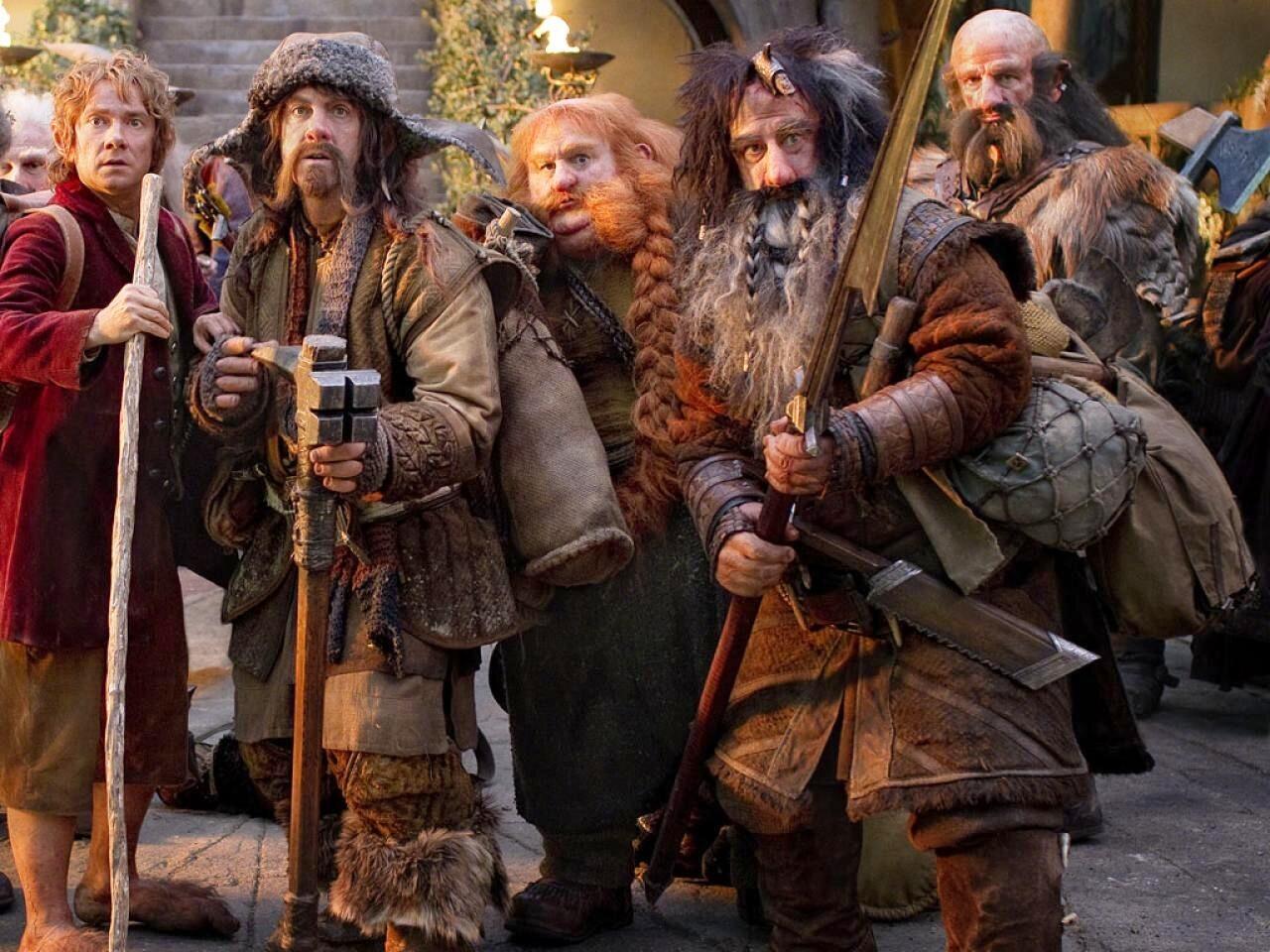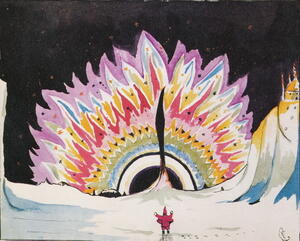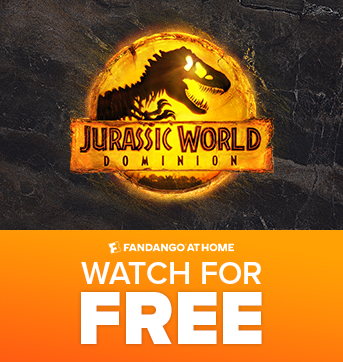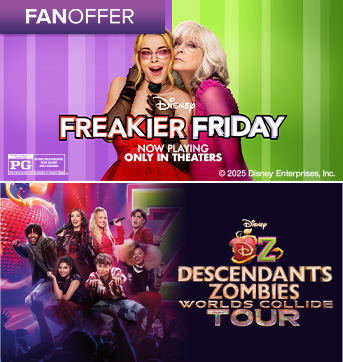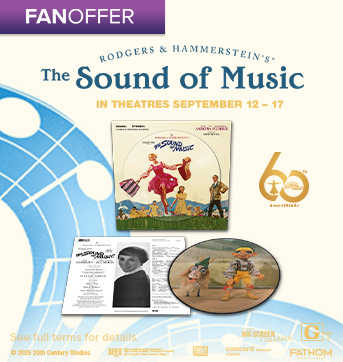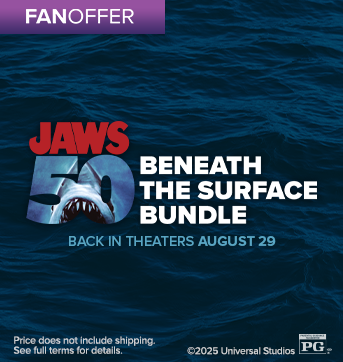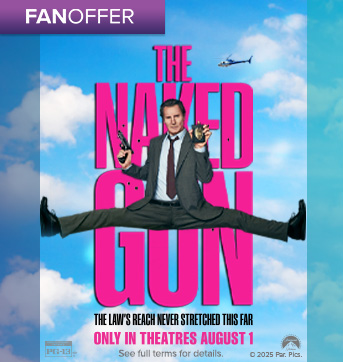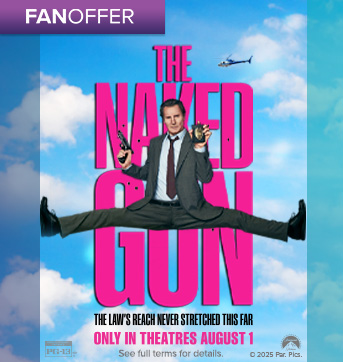Another decade, another Hobbit series.
As fans of Peter Jackson’s prequel trilogy get ready for a reunion tour with the citizens of Middle-earth one more time, Fandango celebrates the much-anticipated release of The Desolation of Smaug with a boatload of movie statistics from Jackson's Hobbit-related movies. Memorize 'em and impress your friends!
The Fellowship of the Ring (2001)

Release Date: December 19, 2001
Opening Weekend: $47.2 million
Worldwide Box Office Gross: $887.2 million
Budget: $109 million

Year many principle filmmakers joined the project in preproduction.
2: Number of films originally planned to be adapted from J.R.R. Tolkien’s books.
15: Months slated to shoot all three films in the trilogy, simultaneously.
2,500: Number of crew members employed to make the films.
150: Number of actors director Peter Jackson auditioned for the role of the series’ hero Frodo before settling on Elijah Wood.

Wood's age when cast as Frodo.
2: Number of actors set to play Aragorn. The first actor was Stuart Townsend, who left the production due to “creative differences." Viggo Mortensen replaced him.
9: Members of the titular Fellowship.
1: Ring to rule them all.
The Two Towers (2002)

Release Date: December 18, 2002
Opening Weekend: $62 million
Worldwide Box Office Gross: $927 million
Budget: $94 million
700: Extras utilized on set to make the film’s most famous sequence, the Battle of Helm’s Deep, come to life.
4: Number of months required to shoot the epic battle sequence, dominated by night shoots.

Days used for miniature photography.
73: Minutes of running time featuring digital-effects shots.
1998: Year digital-effects artists began work test-driving the tech necessary to make the film’s signature characte r, the duplicitous Gollum (voiced by Andy Serkis)
r, the duplicitous Gollum (voiced by Andy Serkis)
15: Times Gollum says “(My) precious," in reference to the One Ring he so desperately covets.
8: Minutes needed to render one frame of Gollum.
48: Hours necessary to render a frame for Fangorn Forest’s most popular resident, Treebeard.
![]()
Scenes featuring Cate Blanchett’s character, the elf Galadriel.
2: Oscars won (Best Sound Editing and Best Visual Effects)
20: Rank on IMDb’s list of Top 250 Movies of All Time.
The Return of the King (2003)

Release Date: December 17, 2003
Opening Weekend: $72.6 million
Worldwide Box Office Gross: $1.14 billion
Budget: $94 million
11: Oscars won, including Best Picture and Best Director for Peter Jackson.
9: Rank on IMDb’s list of Top 250 Movies of All Time.

Total years spent developing the trilogy.
5: Days before the film’s world premiere is when the film’s final reel was completed and delivered. Rumor has it that it was still wet from the development process when it as turned over.
1,408: Profit percentage New Line Cinema recorded on its initial outlay.
1,488: Visual effects shots, almost twice the amount used in Two Towers. The effects team reached a point where they d elivered 100 shots per week.
elivered 100 shots per week.
4.5: Running time in hours of the first rough cut of the film, completed November 2002.
201: Running time in minutes of the film’s theatrical cut.
8.4: The entire (theatrical) trilogy’s running time, in hours, from start to finish.
6: Rank on the list of all-time highest grossing films worldwide.

Feet of film used to shoot the entire trilogy. For those counting, that’s over 1,000 miles of film.
The Hobbit: An Unexpected Journey (2012)

Release Date: December 14, 2012
Opening Weekend: $84.6 million
Worldwide Box Office Gross: $1.02 billion
Budget: $180 million
60: Number of years between the events of The Hobbit and The Lord of the Rings.

Dwarves picked by Gandalf for the journey. They include: Thorin, Dori, Nori, Ori, Balin, Dwalin, Fili, Kili, Oin, Gloin, Bifur, Bofur and Bombur.
766: Number of days the film’s original director, Guillermo del Toro, spent working on the project.
266: Shooting days required for both this film and the second, The Desolation of Smaug.
48: Number of frames the film was shot in, to boost image clarity.
1,000: Weight of the IMAX print in pounds.
98: Reels comprising all IMAX 3D prints of the film.
30: Red Epic cameras were used during the production.
8: Number of days Cate Blanchett spent filming during the course of the production, despite appearing in all three films of the Hobbit trilogy.
3: Peter Jackson’s rank on the list of directors who have made two films that have grossed more than a billion worldwide. James Cameron and Christopher Nolan holds spots one and two, respectively.
The Hobbit: The Desolation of Smaug (2013)

Release Date: December 19, 2013
Opening Weekend: TBD
Worldwide Box Office Gross: TBD
Budget: $200 million
266: Number of days it took to shoot both this film and its predecessor, Unexpected Journey.

Number of weeks required to digitally render ONE scale on the dragon Smaug’s body.
300: Length in pages of the book The Hobbit.
161: Smaug’s running time, in minutes.
22: Age of singer/songwriter Ed Sheeran, who performs the end credits song “I See Fire” – a song he wrote in less than 24 hours after seeing an early cut of t he film.
he film.
6: Months spent by actor Benedict Cumberbatch getting in shape to meet the mo-cap demands of voicing and playing a dragon.
2: Characters in the film that Cumberbatch voices. They are Smaug and the sinister Necromancer.
1.8: Weight in tons of (fake) gold employed on set for key sequences inside Smaug’s lair.
10: Rank the film earned on TIME Magazine’s list of Top Ten Best Films of 2013.
Do you plan to see Desolation of Smaug this weekend?
